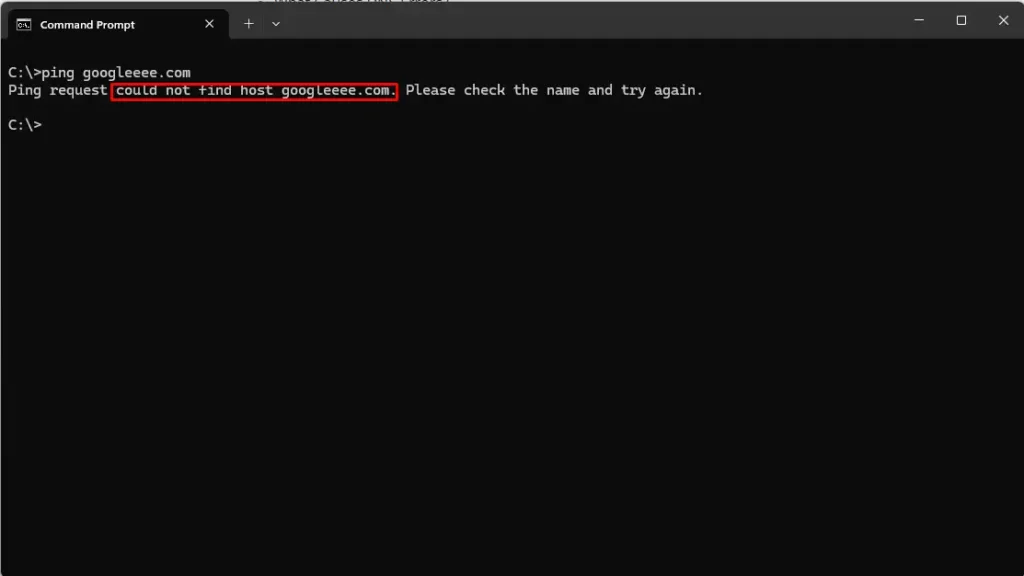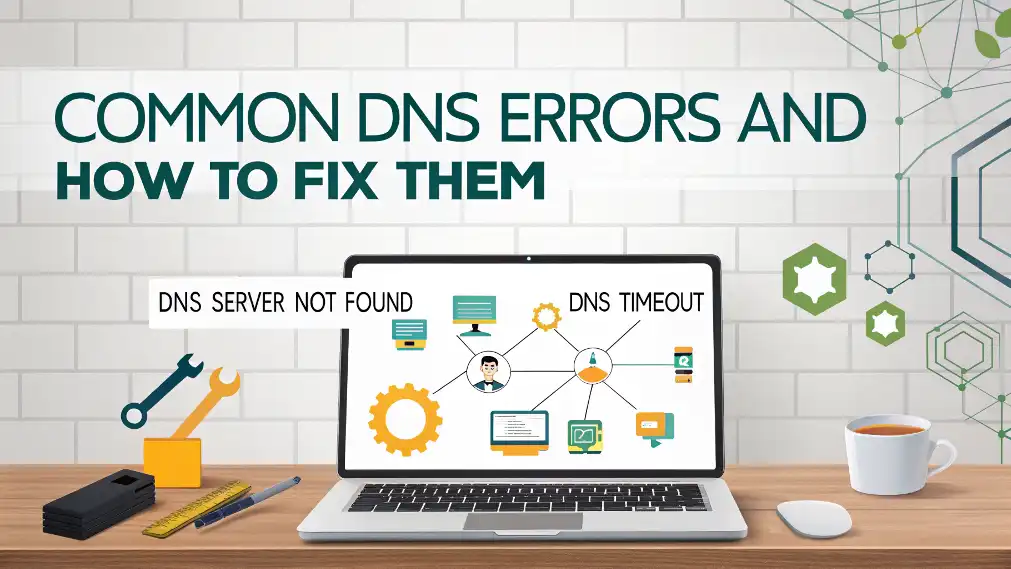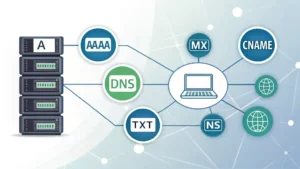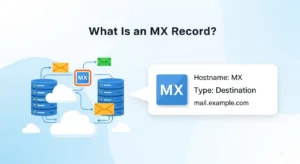Table of Contents
DNS errors can cripple your website, interrupt online services, and frustrate your users. Up to 70% of page load failures stem from DNS issues. In this guide, you’ll learn the top causes of DNS failures, how to fix DNS errors quickly, and expert tips for troubleshooting DNS like a pro.
What Does a DNS Error Mean?
A DNS error means that a domain name couldn’t be resolved into an IP address by the DNS server. Essentially, the browser doesn’t know where to find the website. This can lead to errors such as “DNS server not found,” “DNS probe finished no internet,” or “DNS resolution failed.”

What Causes DNS Errors?
DNS problems can stem from various sources, such as network misconfigurations, DNS server outages, device cache corruption, or incorrect zone settings.
| Cause | Description |
|---|---|
| ISP DNS Failure | DNS servers from your ISP are down or overloaded. |
| Incorrect DNS Records | A, CNAME, MX or NS records are missing or incorrect in DNS zone files. |
| Corrupt DNS Cache | Old or wrong IP associations remain in your system cache. |
| Propagation Delay | Changes to DNS records haven’t yet updated across the internet. |
How to Fix a DNS Error: 6 Proven Techniques
- Flush DNS cache: On Windows, run ipconfig /flushdns in Command Prompt.
- Switch DNS servers: Change to public DNS like Google DNS (8.8.8.8) or Cloudflare (1.1.1.1).
- Restart router/modem: Power cycling your router can resolve ISP routing issues causing DNS failovers.
- Reset TCP/IP stack: Use netsh int ip reset to reset network stack settings in Windows.
- Inspect DNS records: Use tools like IntoDNS or What’s My DNS to diagnose resolution errors.
- Check firewall or antivirus: Misconfigured firewalls often block DNS requests, leading to DNS resolution errors.
How to Troubleshoot DNS Issues Like a Networking Pro
Troubleshooting DNS involves a mix of command-line tools, system diagnostics, and strategic rule-outs. Here’s a smart workflow:
- Ping a well-known IP (e.g., 8.8.8.8). If successful, your internet works.
- Use nslookup or dig to check domain resolution.
- Compare DNS propagation across global servers using What’sMyDNS.
- Scan DNS records from your dashboard (e.g., in Cloudflare or GoDaddy).
- Check your operating system’s network logs for DNS timeout errors.
Are DNS Issues Temporary or Permanent?
Temporary DNS issues like cache corruption usually resolve with basic commands. Permanent DNS failures—such as deleted records or misconfigured name servers—require domain DNS settings to be corrected manually.
How to Prevent DNS Problems in the Future
- Set up secondary or backup DNS servers for redundancy.
- Monitor DNS uptime with tools like UptimeRobot.
- Use authoritative DNS providers (e.g., Cloudflare, AWS Route 53).
- Enable DNSSEC to reduce spoofing or DNS poisoning threats.
- Regularly review and update your DNS records.
Real-World Example: DNS Resolution Failed During Campaign Launch
A tech startup launched an email campaign pointing users to a newly registered subdomain. Hours in, users reported “DNS resolution failed” errors. Turns out, the subdomain’s A record was never added in DNS. With 15,000 lost clicks, the company learned the hard way: always test DNS records before going live.
FAQ: DNS Errors & Troubleshooting
- What is a DNS resolution error?
A DNS resolution error occurs when the DNS client cannot convert a domain name into its corresponding IP address. - How do I fix DNS server issues?
Switch to a reliable DNS provider, flush local DNS cache, check for DNS outages, verify router settings, and review your firewall rules. - Why does DNS fail on only some devices?
This usually indicates a device-specific DNS cache, conflicting network settings, or proxy interference. - Can antivirus software cause DNS issues?
Yes, antivirus or VPN software can intercept DNS requests, resulting in resolution failures if misconfigured. - Is changing DNS servers safe?
Yes, in fact, using premium DNS (like Cloudflare’s 1.1.1.1) often improves speed, privacy, and reliability.




